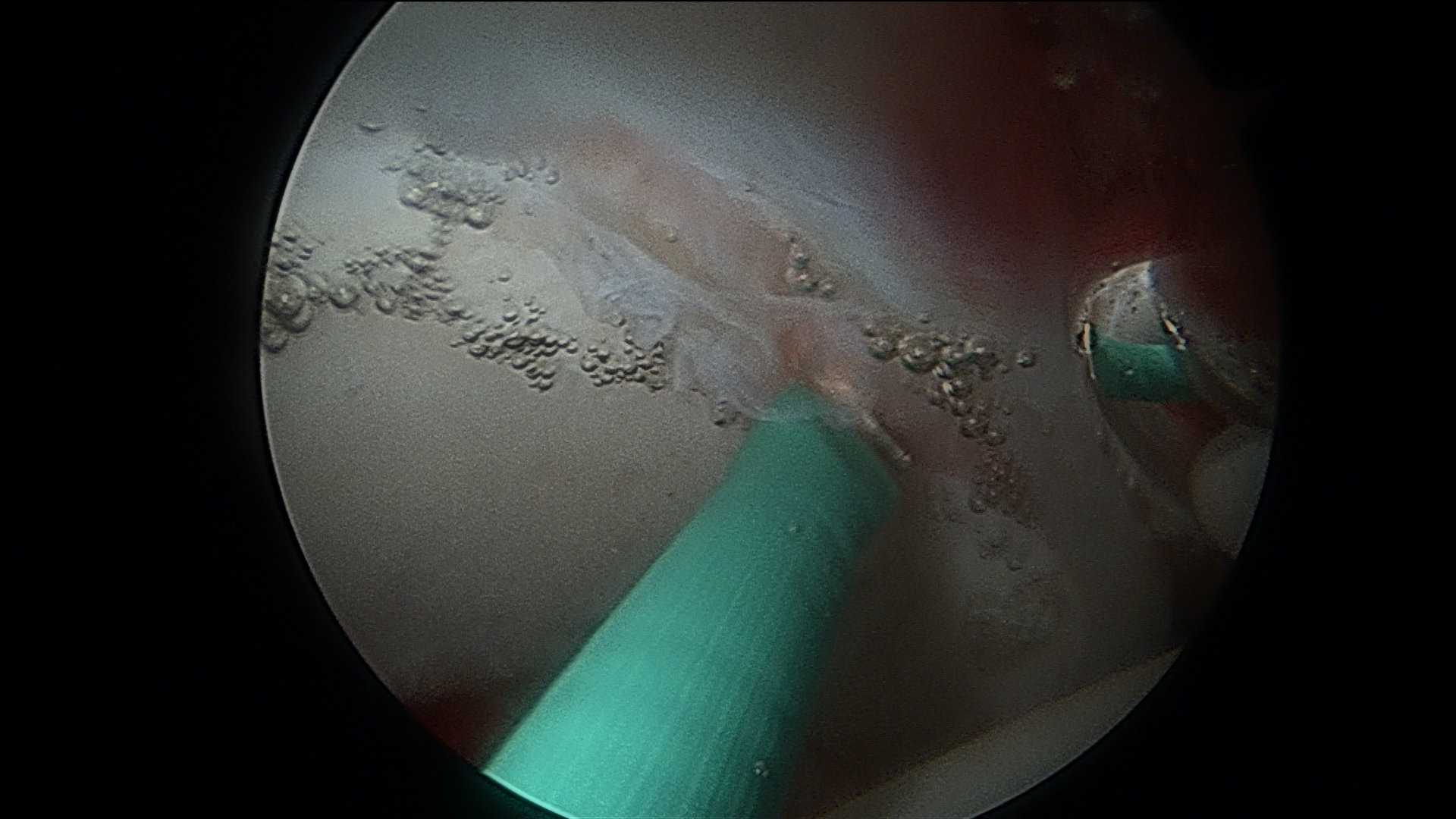Femoral-Acetabular Impingement (FAI) What is FAI? The most common cause of hip  problems in the athlete is called femoral-acetabular impingement or FAI. FAI is caused by a mismatch in the ball and socket so that when the hip is moved the ball runs into the socket and the structures in between can be pinched. The mismatch can be the socket being too deep, the ball being to wide or a combination of both. The contact between the ball and socket leads to tearing of the labrum (seal around the outside of the socket) and damage to the cartilage in the ball and socket joint. Once the labrum is torn, it can lead to micro-instability of the joint and pain. The instability is bad for the cartilage and eventually leads to the cartilage wearing out and arthritis. Dr. Petre is one of, if not the only, fellowship trained hip surgeons in the mid-atlantic region who performs repairs or reconstructs the acetabular labrum arthroscopically.
problems in the athlete is called femoral-acetabular impingement or FAI. FAI is caused by a mismatch in the ball and socket so that when the hip is moved the ball runs into the socket and the structures in between can be pinched. The mismatch can be the socket being too deep, the ball being to wide or a combination of both. The contact between the ball and socket leads to tearing of the labrum (seal around the outside of the socket) and damage to the cartilage in the ball and socket joint. Once the labrum is torn, it can lead to micro-instability of the joint and pain. The instability is bad for the cartilage and eventually leads to the cartilage wearing out and arthritis. Dr. Petre is one of, if not the only, fellowship trained hip surgeons in the mid-atlantic region who performs repairs or reconstructs the acetabular labrum arthroscopically.
Non Surgical Treatment
The best place to start with hip pain is non-surgical treatment. Though rest, anti-inflammatories, activity modification and selective strengthening of the muscles around the hip, pelvis and spine, hip pain can often be alleviated completely. Occasionally, injections of medications or biologic augmentation need to be added in order to help the healing process.
Surgical Treatment
If non-surgical treatment fails to provide pain relief and return the athlete to sport then surgery may be necessary. Surgery for FAI has two main goals, the first is to remove the extra bone on the ball or the socket that created the problem in the first place, the second is to repair the damaged structures. Dr. Petre believes in doing this all arthoscopically. Surgery is just the first part of the treatment, Dr. Petre will help guide you through a 3 to 6 month rehabilitation process before you are fully back to sports. Dr. Petre believes in early rehab with motion right away, patients will need to do rehab every day on their own in addition to 2-3 times a week with a therapists for a minimum of 3 months.
- Cam Lesion before osteoplasty
- cam leson after osteoplasty or resection
- Complex degenerative labral tear
- Osteoplasty of the femoral neck (Resection of CAM lesion)
- Sutures used in repairing the hip
Surgery FAQs
- How long does surgery take? Anywhere from 2-4 hours depending on what needs to be done surgically
- What kind of anesthesia will I need? This surgery requires general anesthesia and an epidural can be added for pain control after surgery
- How long will I be in the hospital? Patients stay one night after surgery and go home the next morning.
- Is surgery safe? All surgery has risks; however, when compared to all surgery, FAI operations are very safe.
- Will I need physical therapy? Yes. Physical therapy is a crucial part of getting an excellent outcome.
- How long before I can return to work/school? Low demand, desk jobs and academics that can be done on crutches can usually be done in 3-4 weeks. Heavy lifting, manual labor, or jobs that can’t be done on crutches can be 8-12 weeks.
- How long before I can return to my sports? Usually 4 months.
- How long before i can drive a car? All patients must be off pain medicine before driving. Each patient will be different in terms of their ability to return to driving. It is safe to plan for 4 weeks off of driving, many people can return before that.
- How long will I be on crutches? 3 weeks in no microfracture is done, 8 weeks if a microfracture is needed.
- How long will I need pain medicine? Most patients are off of pain medicine with 5-14 days. Dr. Petre will ask you to see a pain specialist if you are still requiring pain medicine one month out of surgery.
- How long will I need a brace or sling? 3 weeks in a hip brace.
